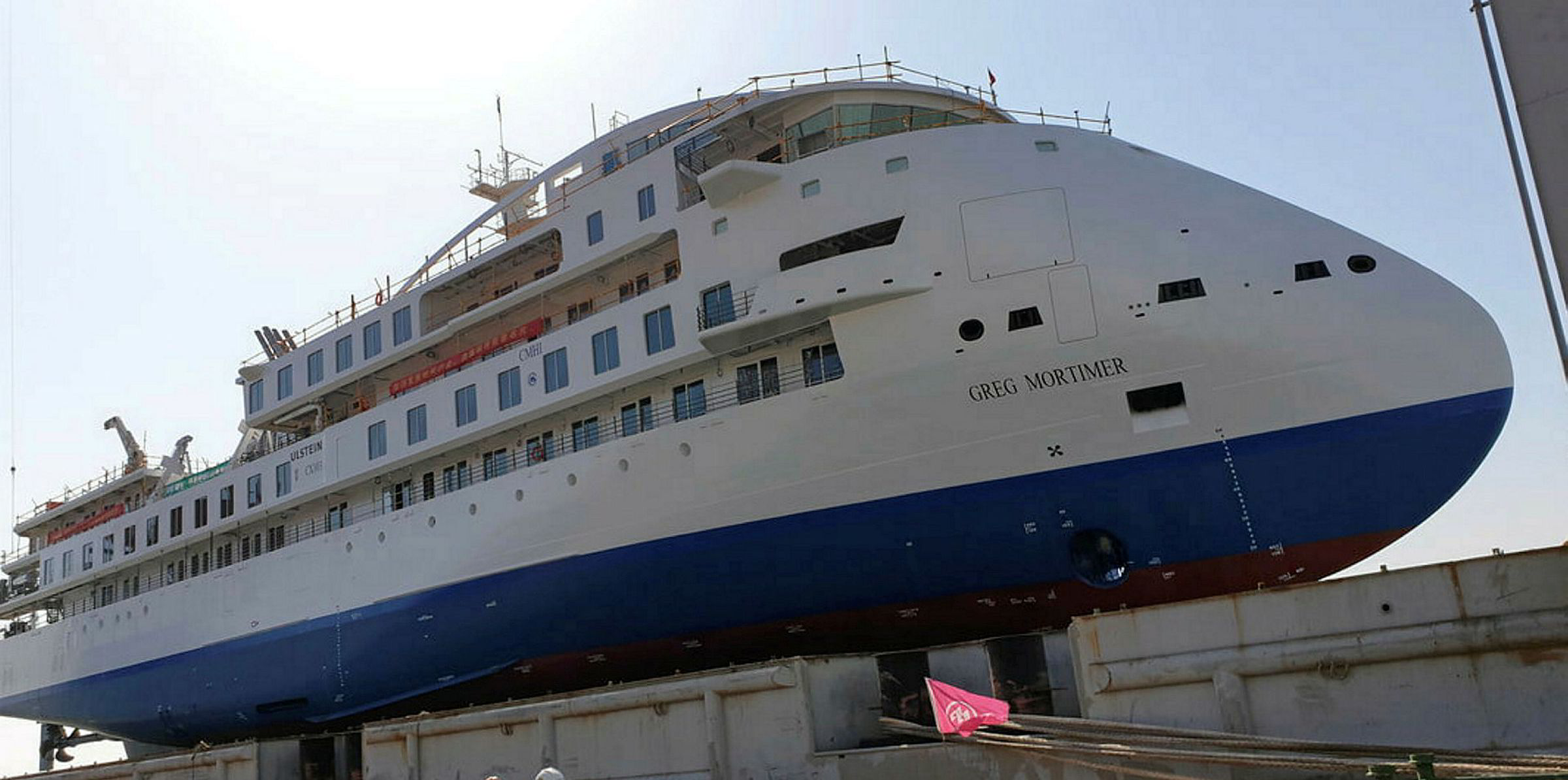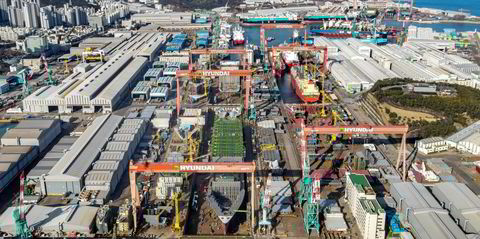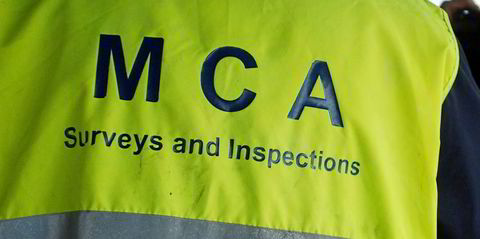Most sectors usually scale back on capital investment when the going gets tough, but not the cruise industry.
In fact, it actually does quite the opposite: it spends millions of dollars on orders for brand-new ships.
And cruise giant Carnival Corp is no different, with chief executive Arnold Donald using a first-quarter earnings call to show an appetite for newbuildings despite a more challenging market environment.
"In terms of newbuilds, you're always going to build new ships, because they are more cost efficient, you get economies of scale, they're more fuel efficient," he said.
"They are just more efficient."
Donald said Carnival also will get rid of older, less-efficient tonnage while adding newbuildings, precisely because of that greater efficiency and higher return on invested capital.
"So the question when it comes to capacity is how quickly are you going to divest lower-performing vessels?" he said.
"And that depends on how the market goes.
"So if we see persistence in market challenges and creating a demand to fill the ships, then we would accelerate capacity reduction on lower-yielding ships."
Carnival's Princess Cruises has two 4,300-berth ships on order at Fincantieri, while Norwegian Cruise Line Holdings' Oceania Cruises has two 1,200-berth vessels on the shipbuilder's books.
Carnival also holds onto its newer vessels instead of scrapping or selling them because they give the biggest bang for their buck, Donald said.
"The new ships are the wrong place to go because those new ships are giving you your double-digit return on invested capital," he said.
Carnival, which has 105 ships afloat and 19 on order through 2025, could not positively determine how many ships it has sold or scrapped in the past few years.
"We have sold a few of our older ships," spokesman Roger Frizzell told TradeWinds. "[W]e have removed 17 ships from our fleet from 2013 to present."
Low-interest financing
Cruiseship owners constantly buy new ships to stay competitive but Carnival has an edge over its smaller foes, given its enormous balance sheet and access to cheap financing that hovers around 3% interest, Morningstar analyst Jaime Katz said.
"The debt costs almost nothing," she told TradeWinds.
Carnival is not alone, however, as Norwegian Cruise Line Holdings has also got very low rates on recent newbuildings, Tigress Financial Partners analyst Ivan Feinseth said. "We're in a very low-interest environment and I know Norwegian has gotten a lot of great deals," he said.
Norwegian Cruise Line Holdings, which has 26 ships on the water and 11 on order through 2027, got 3.9% interest financing for both the 4,200-berth Norwegian Bliss (built 2018) and 3,889-berth Norwegian Encore expected later this year, according to Feinseth.
The company also received a 3% interest rate to finance the 750-berth Seven Seas Splendor, set for 2020 delivery, and 2.75% interest for its four 3,300-passenger Leonardo-class ships to be delivered from 2022 to 2025, he said.
"I don't know how much better you can get," he added.
Build, build, build
The entire cruise sector is in such an order frenzy that most owners order ships during down times just to find slots at extremely busy shipyards, Feinseth said.
"We will draw on the wisdom from Bruce Lee," he said. "When the opponent expands, you contract. When the opponent contracts, you expand."
The cruise industry has ordered 21 newbuildings totalling about 20,000 berths so far this year, putting it on pace for the busiest year ever for new ship construction, according to Clarksons.
By comparison, 29 newbuilding contracts were signed for all of 2018.
These numbers correlate to $8.3bn in newbuilding investment by owners through the first five months of 2019, compared to $14.1bn last year.
"Since 2001, more people have cruised than the year before," Feinseth said. "I don't know if the cruise industry has ever experienced a down trend."

Cruiseship owners buy new ships in good and bad markets as part of their long-term market outlook beyond seasonal trends, Fincantieri spokesman Cristiano Musella said.
"Having said that, the key word is efficiency," he told TradeWinds.
"Every generation of ships incorporates innovations and greater efficiency and therefore improves the overall margins for the owners."
He said newbuildings are on average 15% to 25% more cost efficient and 25% to 35% more fuel efficient.
"You also have to consider that they also help to create further demand for cruising," he said.
Cruise companies also proactively sell or scrap older, lower-performing ships as a way to bolster overall fleet efficiency while keeping capacity in check, Musella added. "Basically it depends on how the market goes," he said.
Richard Fain-led Royal Caribbean Cruises, which has an active fleet of 60 vessels and 16 on orderbooks through 2024, did not immediately return calls seeking comment.
Smaller newbuildings dominate
The cruise sector's other 17 ships on order this year are the smaller luxury or expedition cruiseships with up to 1,000 berths, driven by heightened demand for ice-class ships for polar voyages, Clarksons said.
Owners ordering such ships include Viking Ocean Cruises, Sunstone Ships, Ritz-Carlton Yacht Collection, Style Cruises, Oceanwide Expeditions, Coral Expeditions, SeaDream and Norwegian Cruise Line Holdings' Regent Seven Seas Cruises.
Norwegian Cruise Line Holdings leads the pack in the burgeoning luxury-expedition cruise market by offering the best value at the best price, Feinseth said.
"Their ships, for the most part, are new with the newest features and are more fuel efficient," he said. "If you're into ultra-luxury cruising, you're going to go with Norwegian."
Luxury and expedition vessels account for 59% of cruiseships ordered since 2015 but "mega-ships" of at least 3,000 berths represent 58% of $33.7bn in newbuilding investment during this period.








